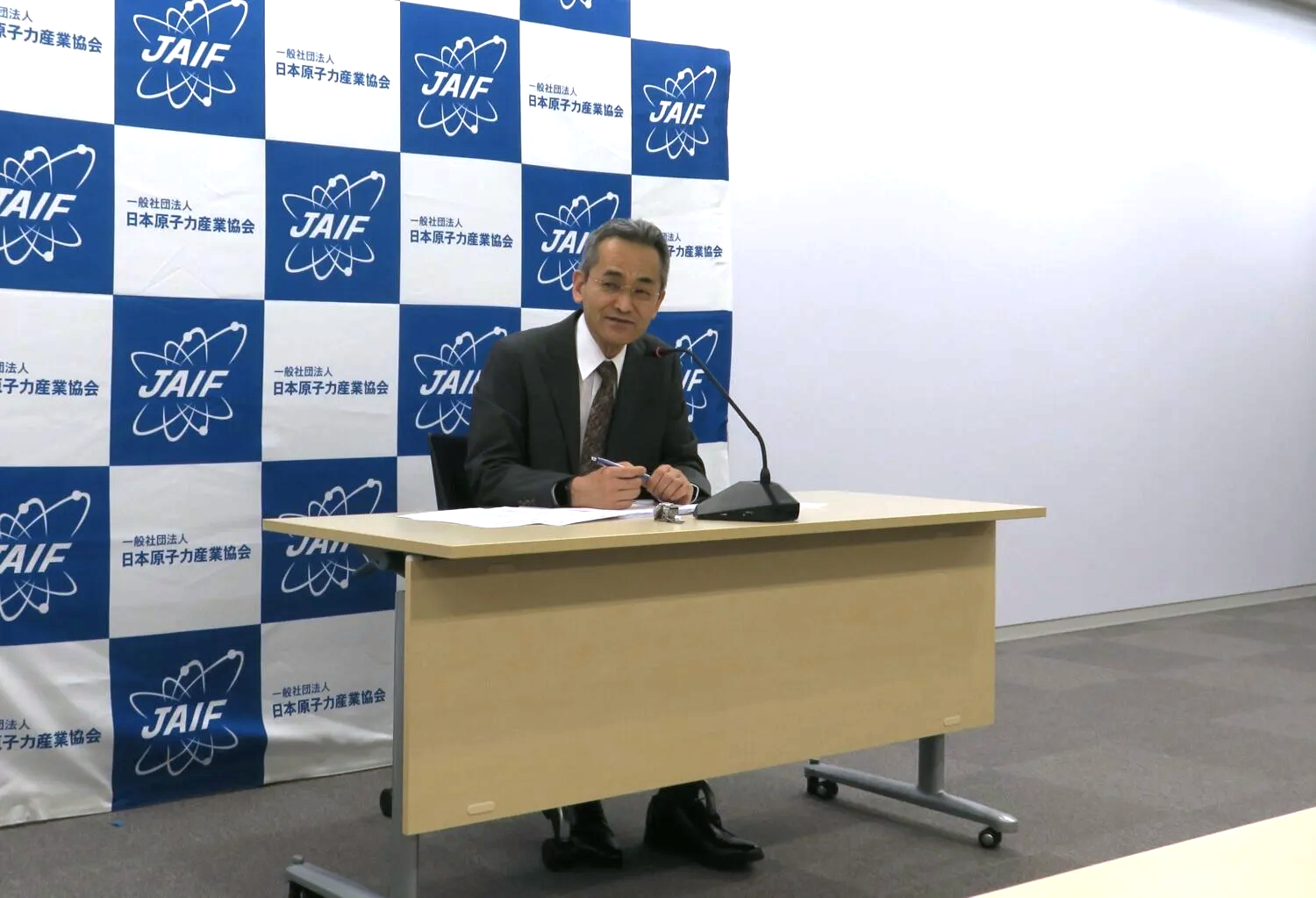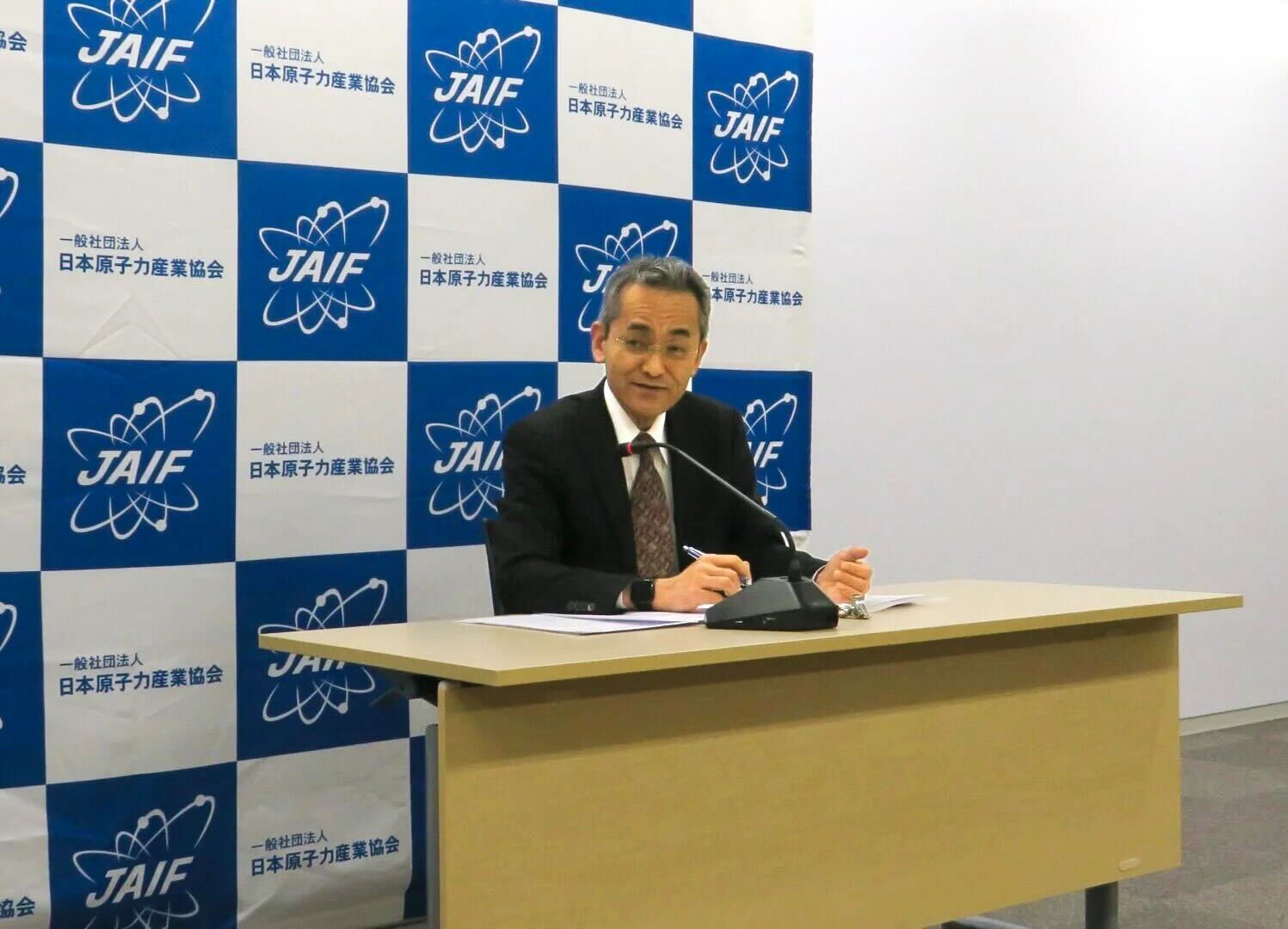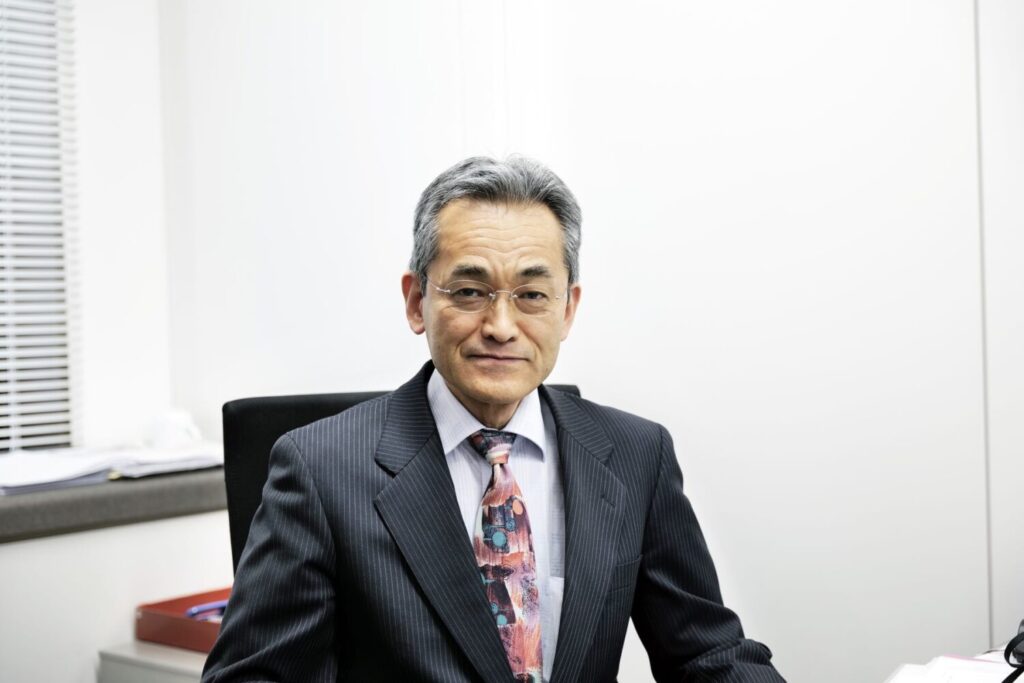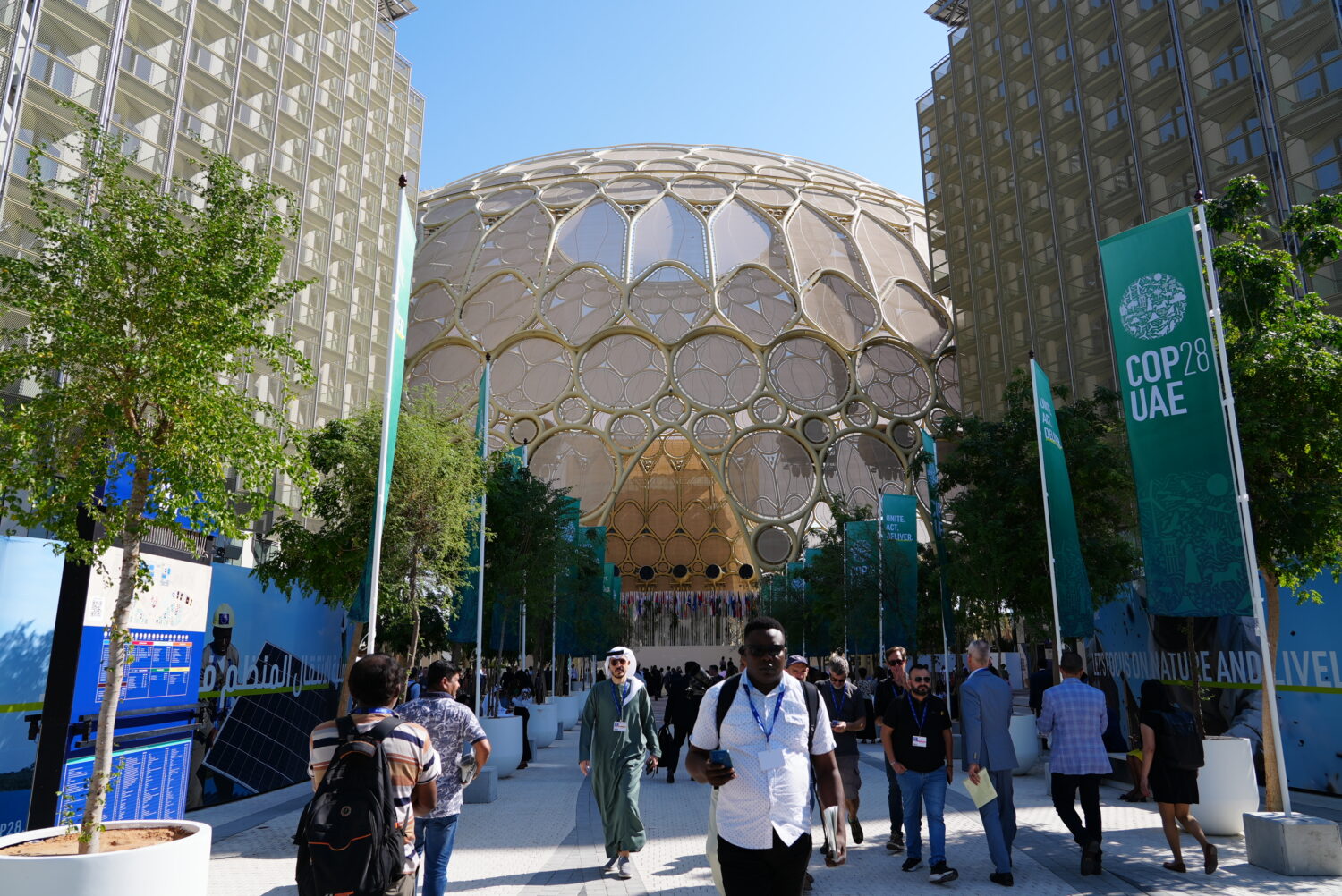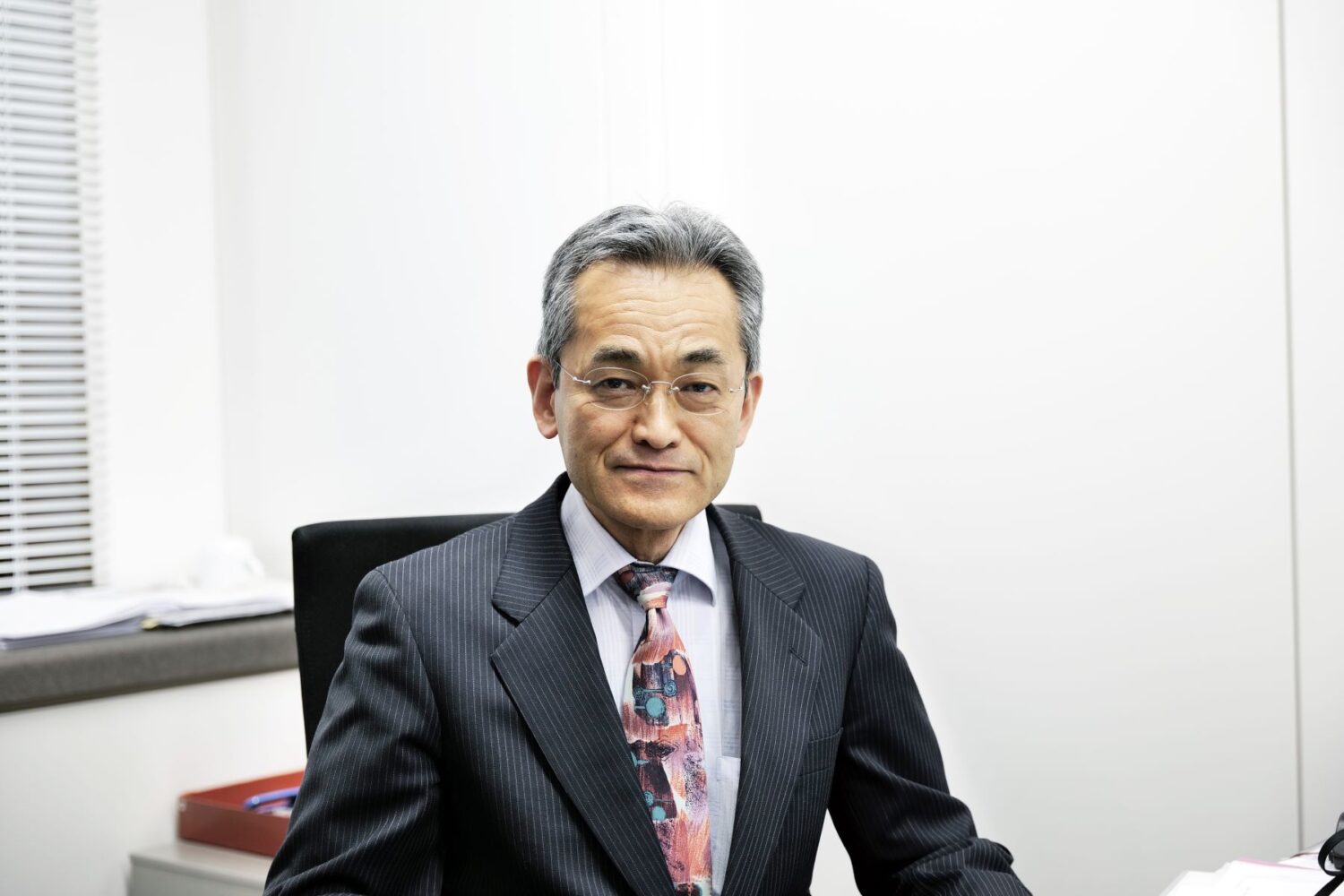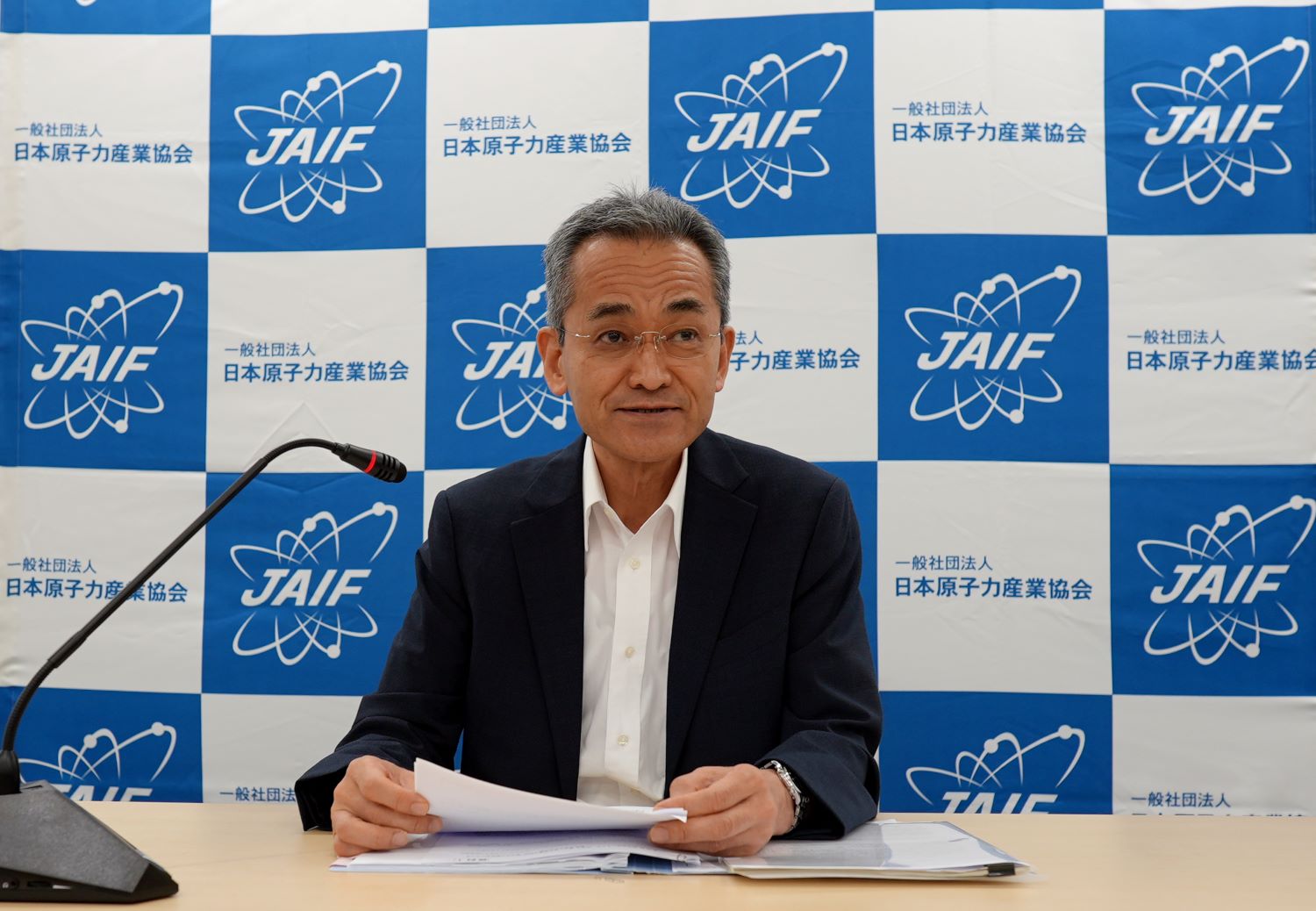Although nine NPPs have been restarted in western Japan, this is the first time that local authorities in eastern Japan have agreed to such a restart since the accident at the Fukushima Daiichi Nuclear Power Plants in March 2011.
Electric current in Japan is delivered at two different frequencies, 50Hz in the east, and 60Hz in the west, with the two systems connected through frequency conversion equipment. Given nuclear power’s substantial contribution to the stability of supply, it is hoped that NPPs will be restarted in eastern Japan as well, meaning that the step taken toward restarting the Onagawa-2 is very reassuring.
Tohoku Electric Power expects to restart Onagawa-2 in 2022 or later, when work on safety measures will have been completed. We want the utility to carry out that work with top priority on safety, and to continue to provide thorough explanations to the local public.
In eastern Japan, the Nuclear Regulation Agency (NRA) has already given permission to make changes to reactor installations (i.e., basic design approvals) for the Kashiwazaki-Kariwa-6 and -7, owned and operated by the Tokyo Electric Power Co. (TEPCO), and the Tokai-2, owned and operated by the Japan Atomic Power Company (JAPC). Safety measures work and talks with the local public are proceeding at all three.
Additionally, safety examinations by the NRA are underway at five NPPs, as follows:
- Tomari-1, -2 and -3, owned and operated by the Hokkaido Electric Power Co.
- Higashidori-1, owned and operated by the Tohoku Electric Power Co.
- Ohma, owned and operated by the Electric Power Development Co. (J-Power).
We expect that the processes toward restarting those NPPs will continue steadily.





